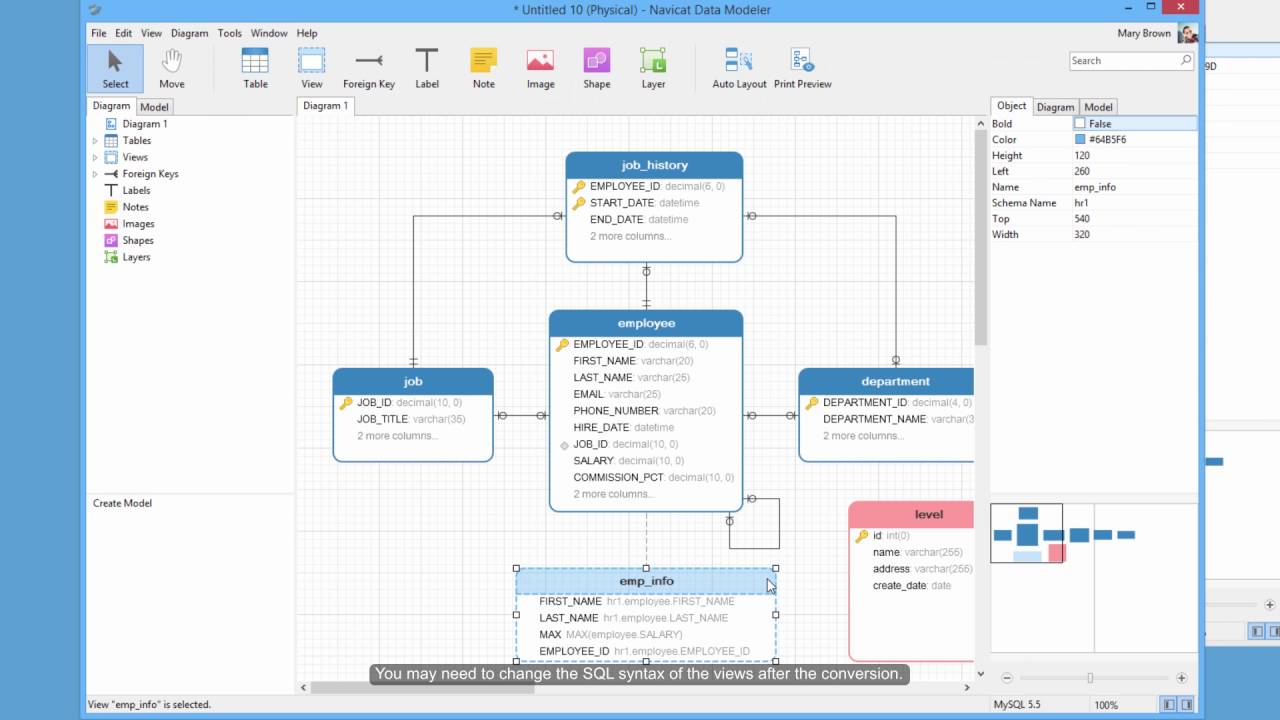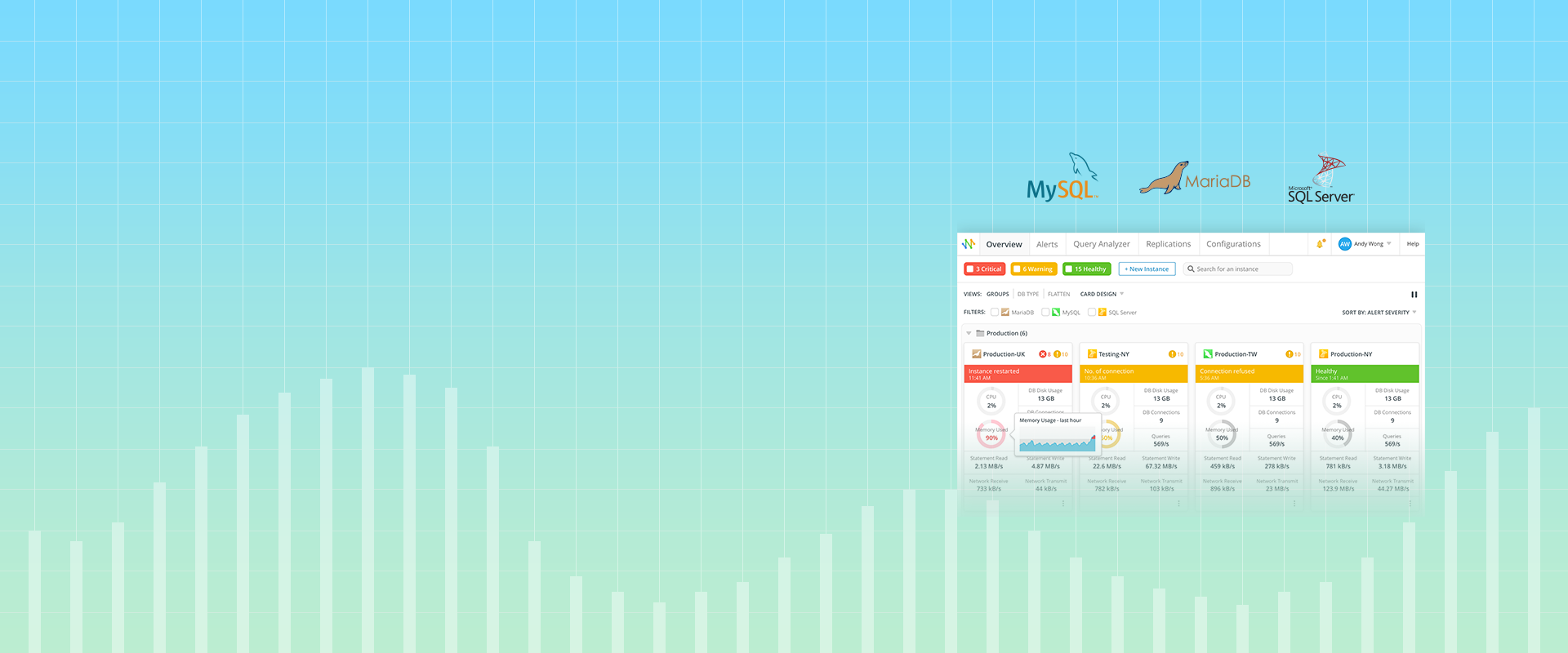

For example, in a relational database, we have certain constructs like tables comprised of rows and columns. Logical data modelĪ logical data model maps our conceptual model into a database-specific set of structures. Instead, we want the conceptual model to represent a specific business problem, or whatever we’re building it for, with the actual objects, characteristics, relationships, and business rules. In other words, we try to avoid the constraints of a particular database management system, which often will require our data to be structured in very specific ways, sometimes including “artificial” database tables or other structures necessary to overcome those constraints. Conceptual data modelĪ conceptual data model ideally mirrors the real world as closely as possible. Now that we know the basics of how data modeling works, let’s go into the three types of data models, each of which have their own roles in a database system. This means accurately understanding exactly what each data element means, the possible ranges or lists of values for its contents, whether data instances must be present or if missing data is permitted (e.g., if NULL values are allowed), how the data relates to other data, and much more.ĭata models help the data science teams fully understand the data and identify any possible issues that could impact the validity and accuracy of their models.Ĭourses by Alan Simon What are the 3 types of data modeling?

A critical building block for those analytical models is getting the data right. When do data scientists use modeling?ĭata science teams are responsible for building complex analytical models to underlie a broad range of predictive and exploratory/discovery analytics.
Navicat data modeler student software#
In other words, data modeling is a discipline that mirrors other types of technology that begin with conceptual views and end with technical implementations - like software development and business process modeling, for example.

Additionally, modeling translates and maps data along the conceptual-logical-physical life cycle, all the way down to highly tuned data structures designed to support the best online performance and response time. It’s intended to mirror the real world much more closely than many databases. How does data modeling work?ĭata modeling helps us begin working with data in a highly conceptual way.

In this article, we’ll dig deeper into the fundamentals of data modeling and answer common questions of why it’s an important piece of data science. primary and foreign keys): Auniversity wants to store information about its Students (ID, Name, Address, Phone Number, and Email) Courses (ID, Name, and Description), and Instructors (ID, Name, Office Location, Email, and Phone Number) o All students must take at least one course but typically takes many courses oAll instructors must teach at least one course and can teach many courses o For every course that a student completes, the university also wants to record the date the student completed course and the grade the student received o For every course that an instructor teaches, the university also wants to record the semester and the year that the instructor taught the course Show transcribed image text Draw an ER Diagram, using the Navicat Data Modeler Essentials Tool Logical Model, for the following (include cardinalities, attributes, and constraints (e.g.Entity-Relationship Techniques and Best Practices | By Alan Simon Explore Course Draw an ER Diagram, using the Navicat Data Modeler Essentials Tool Logical Model, for the following (include cardinalities, attributes, and constraints (e.g.


 0 kommentar(er)
0 kommentar(er)
